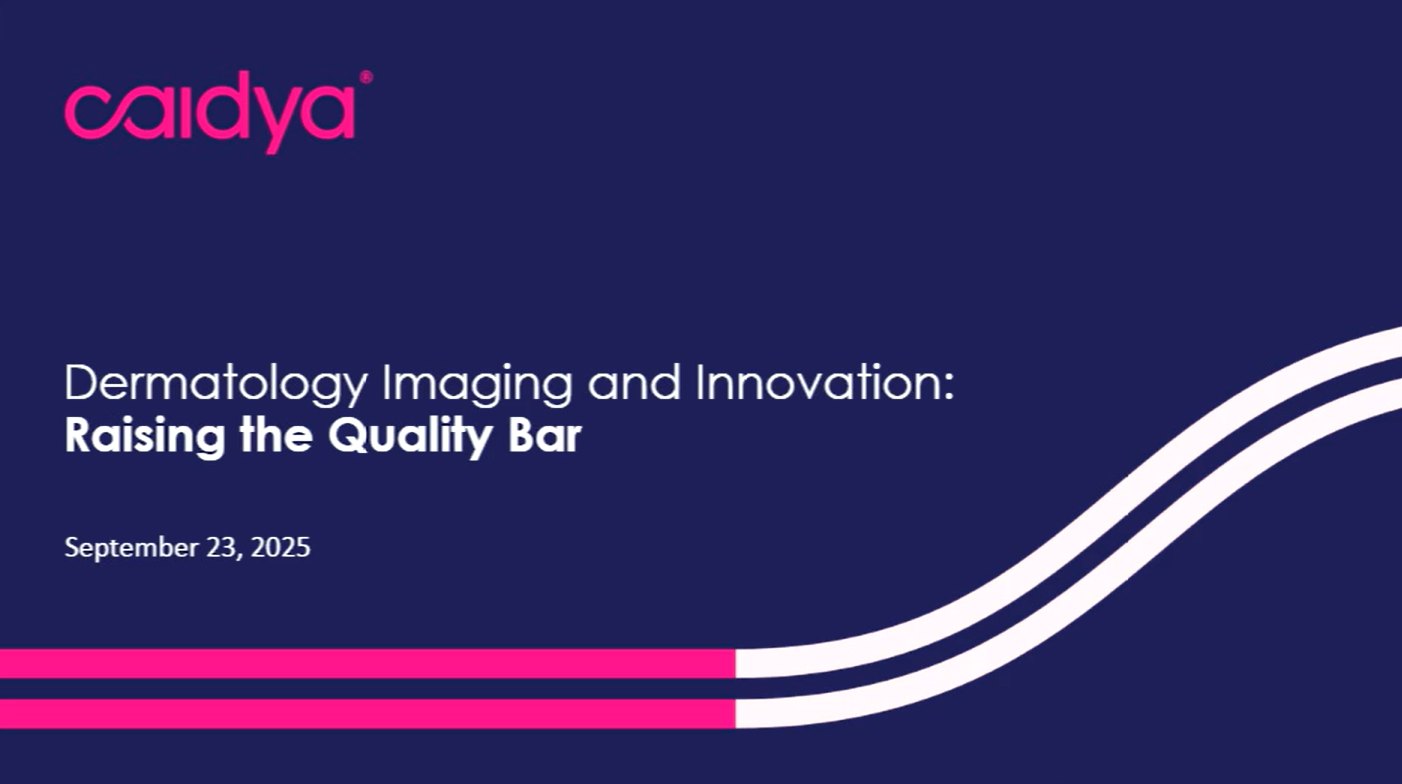
GlobalData estimates suggest that, across seven of the world’s major pharmaceutical markets – the US, the big five in Europe and Japan – psoriasis treatments alone are forecast to almost triple in sales from $11.6bn in 2020 to $31.7bn by 2030. New entrants and a shift towards treating milder diseases that have long been underserved are turbocharging growth. It points to a wider story in dermatology: the market is growing, the competitive bar is rising, and innovation is everywhere.
At the frontier are cell and gene therapies (CGTs). Dermatology CGT sales are expected to climb from $291m in 2024 to $1.5bn by 2030 – still a niche slice of the global pie, but fast-growing and dominated by gene therapies for conditions such as dystrophic epidermolysis bullosa (DEB). Seven CGTs are already approved across skin indications, and the pipeline is busy: the latest GlobalData figures point to 119 assets in 23 disorders, most still early.
Funding, manufacturing demands and limited reimbursement could all temper uptake. But the trajectory is clear. Dermatology research is broadening and deepening: creams and orals medications are getting better, biologics are more powerful than ever, and gene-therapy based options are moving from theory to clinic. The gauntlet has been thrown down to clinical trial organizers, who are under pressure to keep pace.
Shifts in dermatology trials: more than skin deep
What are the major changes affecting dermatology trials? First, endpoints are getting tougher. In psoriasis, the old standard – showing 75% improvement – no longer convinces physicians of effective therapy. Many now expect 90% improvement or full skin clearance, according to surveys of leaders in the field conducted by GlobalData. Programs that still aim low risk being ignored or superseded by more ambitious competitors.
GlobalData surveys also suggest the nature of trials is changing, with head-to-head trials now a differentiator. In crowded indications, payers and clinicians look for direct comparisons against established treatments. This can bolster the credibility of a new therapy but also increases the burden on trial logistics for naive patients. With new oral compounds already being tested against active comparators as well as placebos, it is a trend that sponsors cannot afford to ignore.
The rise of gene therapies only makes these challenges more acute. For DEB and similar conditions, studies typically run longer, enroll small numbers and rely on objective imaging and wound-healing metrics. Late-stage gene therapy programs have high chances of approval once they reach Phase III. But getting there requires careful manufacturing control, specialist sites, and a plan for real-world evidence after launch.
Threaded through all these trends is the question of finance. Biosimilars and policy pressure – such as new US drug pricing laws – will squeeze prices for older biologics. Novel agents will need to justify their costs. That means building health economics and access thinking into Phase II and III trials: active comparators that make sense to payers, meaningful patient-reported outcomes and subgroup analyses that show value in previously unreachable patient populations.
Why a specialized partner helps
Researchers need to respond deftly to the shifting research landscape. That means finding appropriate sites, reducing the burden on participants, keeping data clean and lining up compliance from first application or dose through to approval and beyond. That is hard to do alone – especially for smaller biotechs facing big-pharma rivals.
A specialized dermatology set-up designed for this reality includes dedicated project managers, clinical trial managers, and clinical research associates with Phase I to III experience across North America, Europe, and Asia-Pacific. Senior oversight is critical; an Executive Sponsor who remains involved throughout the program ensures continuity and accountability.
This oversight is complemented by near real-time data transparency and agreed KPIs, enabling sponsors to make timely course corrections as needed. Comprehensive service coverage spans early clinical planning, protocol design, medical monitoring, biometrics, safety, and regulatory support from initial filing through post-marketing. Having one accountable team responsible for both scientific and regulatory tasks avoids fragmented vendor management and blurred responsibilities.
Successful dermatology trials often depend on access to the right investigators and specialized tools. Contract access to multiple US dermatology sites helps break down logistical barriers, facilitating smoother study conduct. Equally important is patient-centered operations that prioritize remote visits where feasible and focus on treating trial participants as individuals.
This patient-centric approach is particularly suitable for trials intersecting dermatology with pediatrics and rare diseases and supports fragile gene-therapy populations who may face challenges with frequent clinic visits. And the outcome? Improved participant retention and higher quality long-term data, which are essential to meet increasingly rigorous trial endpoints.
Dermatology trials have evolved beyond relying solely on limited imaging and simple study designs. Today’s programs must achieve higher efficacy benchmarks, run for extended durations, directly compare with credible treatment alternatives, and demonstrate value to payers. The future will bring additional complexities, such as gene therapy’s specialized manufacturing, treatment centers, and rigorous long-term follow-up. A combination of senior oversight, global reach, practical site access, objective measurement, and transparent governance is essential for research teams to keep pace with these advancements. To learn more, download the whitepaper on this page now.



